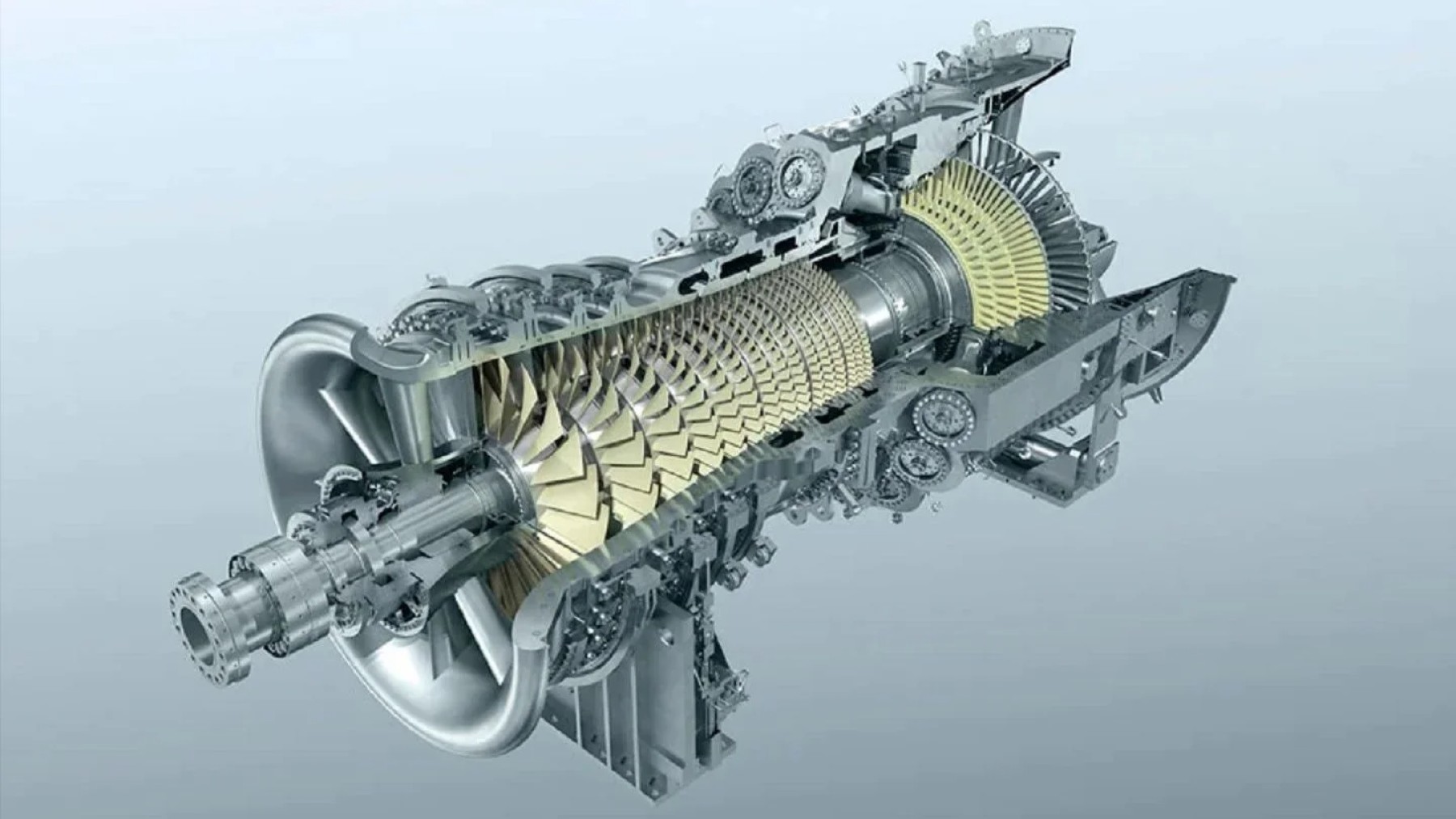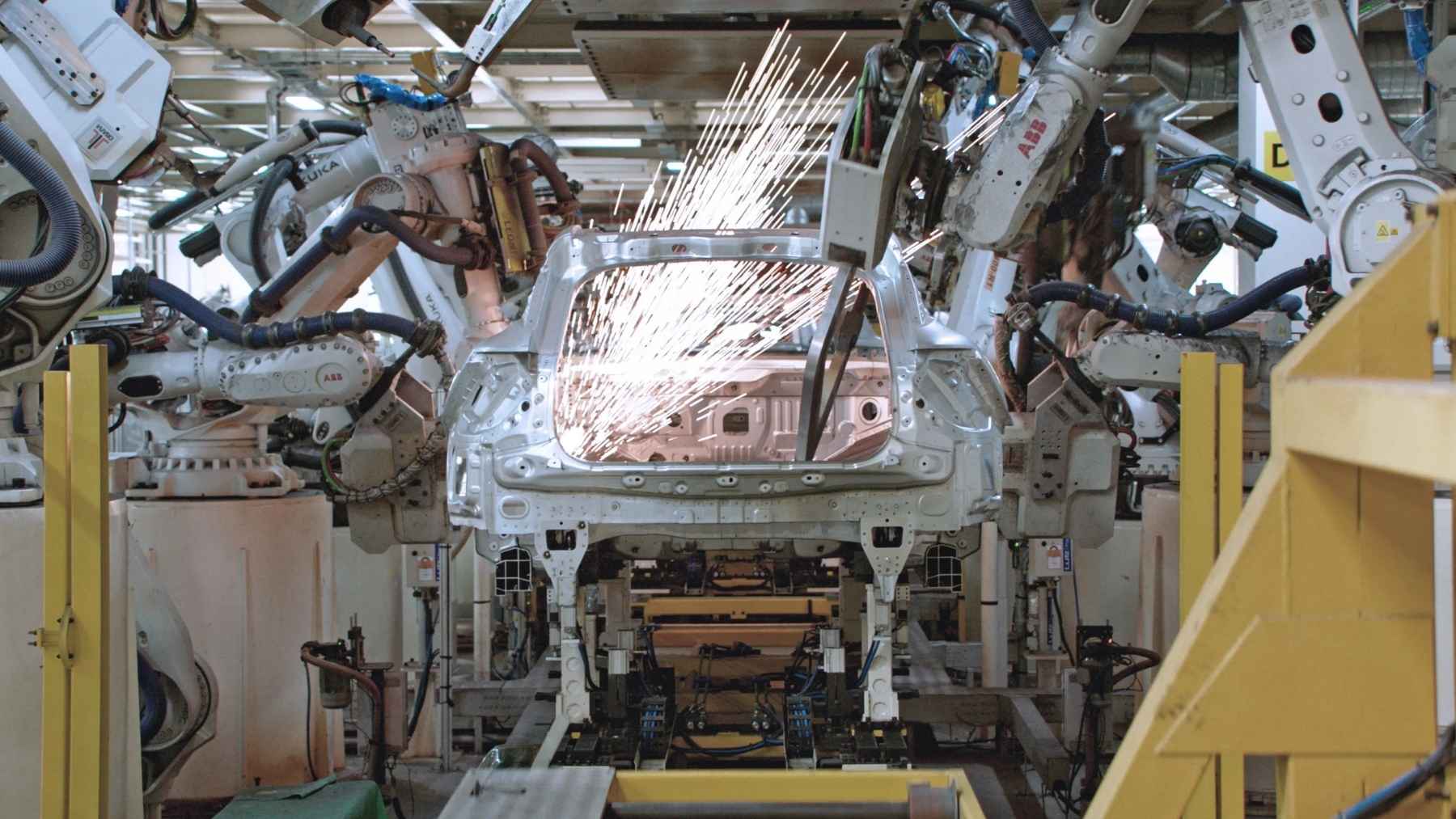Japan has taken a giant step that completes the hydrogen strategy we have been detailing for weeks. Once they have their EV industry consolidated (although not so much domestic sales), they are going for the first “green fuel” engine. It’s better than the ammonia that Toyota disowns, and it’s a breakthrough in zero-emission mobility. This is a new ZEV that makes a very clear idea: not everything will be the water-based engines we have seen, there is something better waiting to be developed.
This is the first-ever “green fuel” engine: It runs on something better than hydrogen (and methanol)
Japan has been on the vanguard of developing “green fuel” engines, partly attributable to its development of accurate hydrogen engines. Toyota, a global automobile manufacturer, has been at the forefront of the innovation of this strategy. This article will focus on the history, running, features, and other peculiarities of Toyota’s hydrogen engine and the company’s further plans for this technology.
The process of Toyota working on constructing a hydrogen engine started with the Corolla Concept unveiled at the 2020 Tokyo Motor Show. The Corolla Concept was one of the most notable hybrids from Toyota that used a hydrogen engine that allowed driving fans to feel the usual coveted roar of a gasoline engine but without corresponding emissions.
This concept was a major stepping stone in Toyota’s plan toward environmental preservation and the provision of environmentally friendly cars. Specifically, Toyota decided to create a hydrogen engine because the strategy of using only BEVs is insufficient to progress to carbon neutrality.
Nowadays, BEVs have rapidly increased in the market, but they also have some problems, such as range anxiety, insufficient charging infrastructure, and, more importantly, the concerns of batteries’ manufacturing and recycling. Hydrogen fuel cells are entirely different and are considered to be a very flexible and eco-friendly source of energy.
44 % thermal efficiency and 125 hp: Some keys to understanding the “green fuel” engine
One would not be wrong to note that Toyota’s hydrogen engine exhibits enormous performance characteristics. This engine has the capacity to develop one hundred and fourteen horsepower and one hundred and forty Newton meters of torque and, as such, can be used in different car types.
The power-to-weight ratio is also impressive, at 125 horsepower per ton and CO2 emissions of 144 g/km, the thermal efficiency of the engine is 44%, far higher than any traditional gasoline engine. This high efficiency concerns better fuel economy and fewer emissions. The fueling system can also be said to be one of the peculiarities of the hydrogen engine that Toyota uses.
Why the future is not hydrogen: Japan has presented something better, and it could beat Tesla EVs
The hydrogen engine does not have the complications that come with fuel lines and pumps, as are seen in the traditional gasoline engines. This design is less complicated and hence lighter since it reduces the number of conduits through which fuel is transported to the engine. Another interesting feature that is seen in Toyota’s hydrogen is that its engine is very versatile when it comes to temperature.
This helps, especially with vehicles that are designed to operate in different climates and or terrains. It also has the best cooling system to make sure that it can run in whichever climate it is needed to perform in. A rather interesting feature of a Toyota’s hydrogen engine is that this fuel cell is capable of generating electricity without transitioning to heat.
This means that it can both drive the car and produce electrical energy for such accessories as the fan, lights, etc. This feature is very beneficial when a reliable power source is needed, and thus some of the models that use this feature include emergency vehicles and construction equipment, among others.
The Japanese “green fuel” engines are a show of strength from the Asian country, which has close competition from China and even Malaysia, with Geely trying to develop a powerful ammonia industry for zero-emission boats. From biomethanol to hydrogen, all are proposals to improve the electrification of future vehicles, diversify in the search for alternative fuels, and reduce emissions on the roads.















